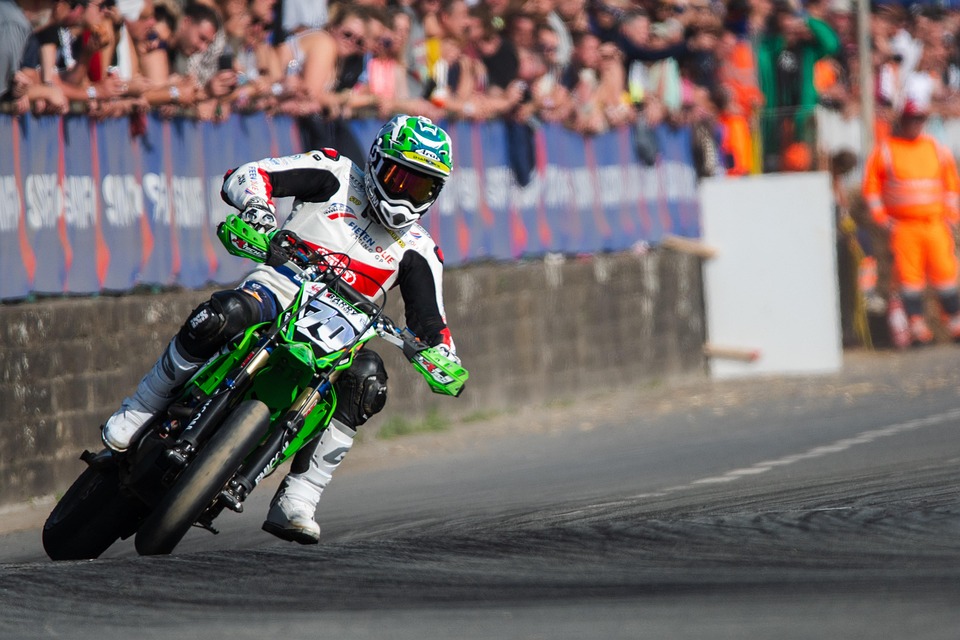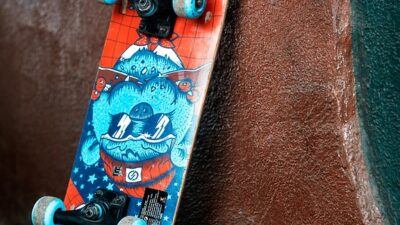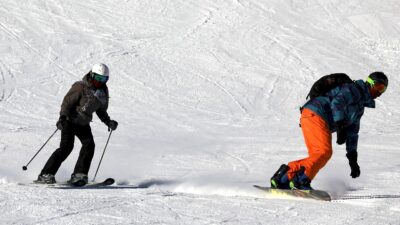Drifting — a motorsport characterized by oversteering, where drivers intentionally lose traction in the rear wheels while maintaining control — has evolved dramatically from its humble beginnings on the winding mountain roads of Japan. Today, it’s a global phenomenon, attracting a diverse audience and a slew of dedicated enthusiasts. But what does it truly take to excel in this high-octane sport? Buckle up as we take an insider’s look at professional drifting.
The Genesis of Drifting
Drifting’s roots can be traced back to the 1970s and 1980s, where Japanese drivers began to master the art of controlled slides for both speed and style. Early pioneers like Keiichi Tsuchiya, known as the "Drift King," helped popularize the sport through street racing and later through organized events. The sport has since evolved, gaining traction worldwide and leading to the establishment of competitive series like Formula Drift.
The Physics of Drifting
At its core, drifting relies heavily on physics. Understanding weight transfer, tire friction, and inertia is crucial for any aspiring drift driver. When initiating a drift, the driver must expertly manipulate their rear-wheel drive vehicle into a controlled slide. This involves a combination of power, steering input, and braking techniques. Even the slightest miscalculation can lead to a loss of control, emphasizing the need for precision and skill.
Key Techniques
-
Throttle Control: Mastering the gas pedal is paramount. Too much throttle can lead to a spin, while too little can cause the driver to lose the slide.
-
Countersteering: Once in a drift, drivers must perform countersteering — turning the steering wheel in the opposite direction of the drift — to maintain control.
-
Clutch Kicks: This technique involves disengaging the clutch momentarily to break traction in a rear-wheel vehicle, allowing the driver to initiate a slide.
- Angle Management: The driver must control the angle of the car during a drift, balancing speed and direction to achieve aesthetic and technical perfection.
The Equipment
Professional drift cars are a far cry from their factory counterparts. Most drift vehicles are heavily modified, focusing on power, weight distribution, and suspension tuning. Key components include:
-
Aftermarket Turbochargers: Many drift cars are equipped with high-performance turbochargers to boost power and response.
-
Coilover Suspension: Adjustable coilovers allow for precise tuning of ride height, stiffness, and damping.
-
Limited-Slip Differentials: Essential for maintaining power to the rear wheels during a drift, ensuring a consistent and controlled slide.
- Safety Gear: Roll cages, racing seats, and harnesses are vital for driver safety, as drifting poses significant risks.
The Culture of Drifting
Beyond the technical aspects, drifting has fostered a vibrant culture. Events like Formula Drift attract thousands of fans, with some festivals resembling rock concerts more than mere racing events. The atmosphere is electric, filled with cheering crowds and the intoxicating scent of burning rubber. Social media platforms are awash with content — videos of spectacular drifts, behind-the-scenes glimpses, and collaborations between drivers and fans.
Moreover, the drifting community is notably inclusive. Events often welcome drivers of various skill levels, from grassroots enthusiasts to seasoned professionals. This sense of camaraderie fosters mentorship, with experienced drivers often sharing tips and techniques to help newcomers improve their skills.
Challenges and Risks
Despite its allure, drifting comes with significant challenges. Competitors face the constant threat of mechanical failure, while financial barriers and the high cost of repairs can deter many from pursuing the sport competitively. Moreover, drifting’s reputation for recklessness can sometimes lead to scrutiny from law enforcement, particularly when it spills over into illegal street racing.
Financing a drift career can be daunting. Many professional drivers rely on sponsorships and partnerships to cover expenses. Securing these endorsements demands not just talent on the track but charisma and brand alignment off it.
The Future of Drifting
As drifting continues to gain popularity, the future looks bright. With advances in electric vehicle technology, we may soon see the rise of electric drift cars that blend sustainability with performance. Additionally, as other motorsports evolve, drifting will likely become more integrated with mainstream racing events, offering new platforms for exposure and growth.
Conclusion
Professional drifting is a sport that requires a unique blend of skill, creativity, and community spirit. Beyond the smoke and the speed lies a world of passion, dedication, and camaraderie that forms the backbone of this exhilarating discipline. Whether you’re a driver, a fan, or a budding enthusiast, the thrill of drifting remains an incredible journey — one that continues to inspire and excite across the globe. So, as you watch the next competition, remember that behind each spectacular slide is a story of perseverance, precision, and pure adrenaline.



